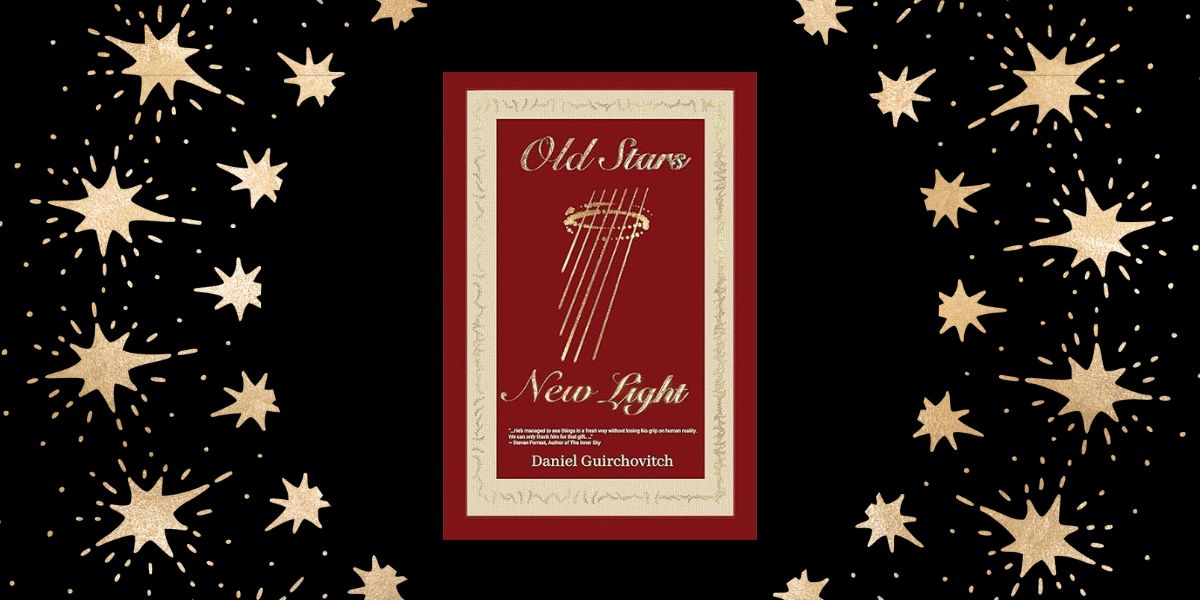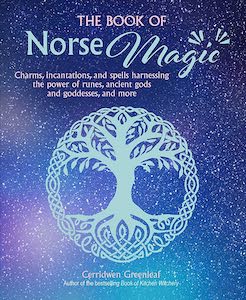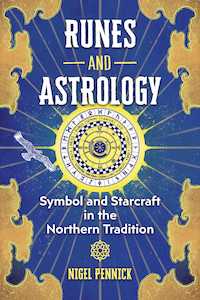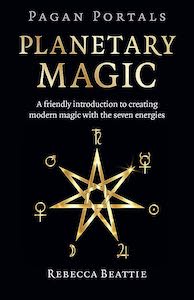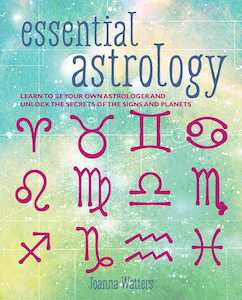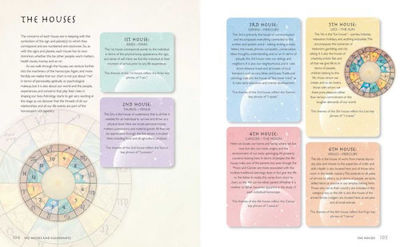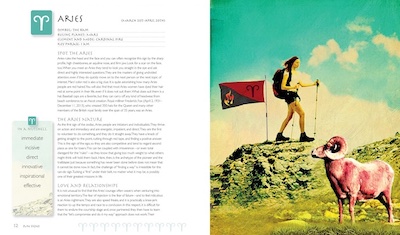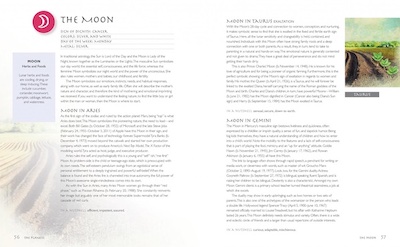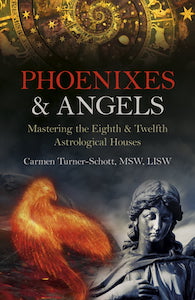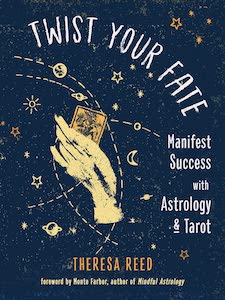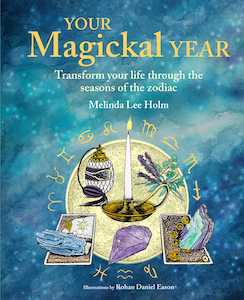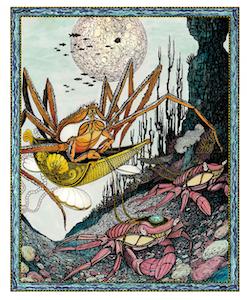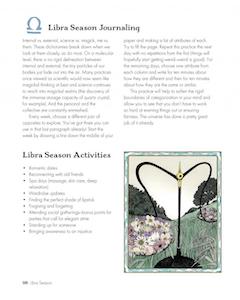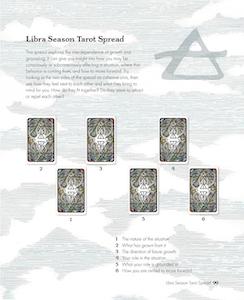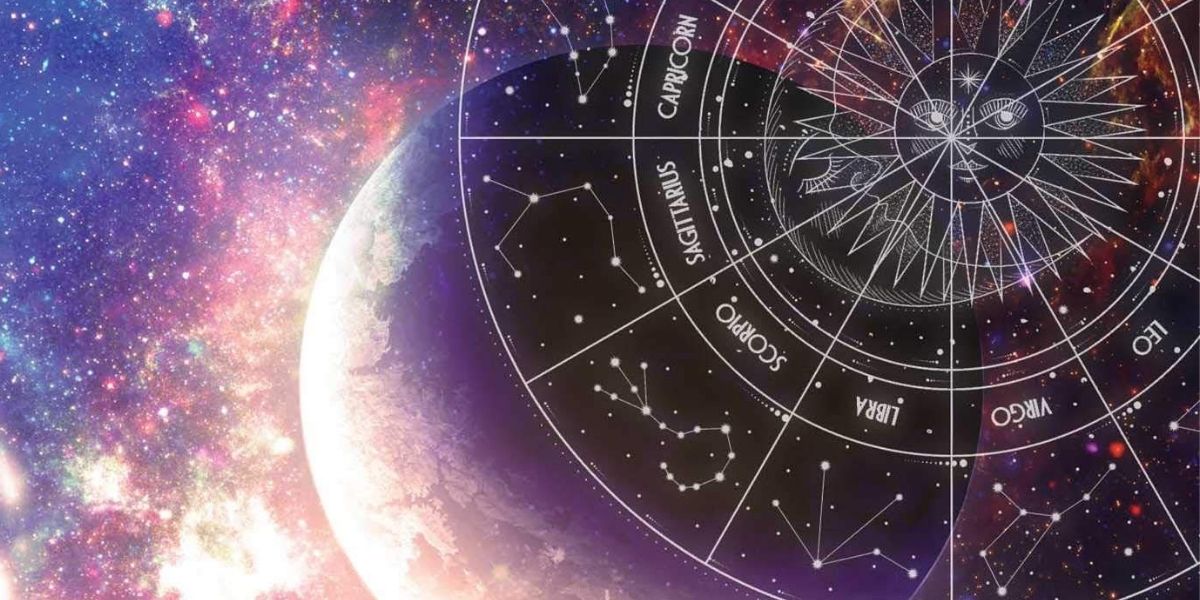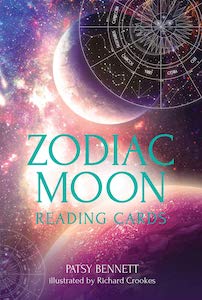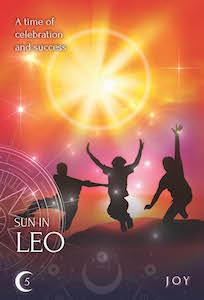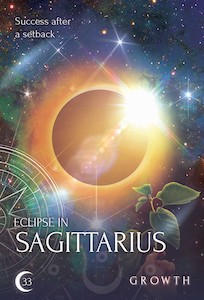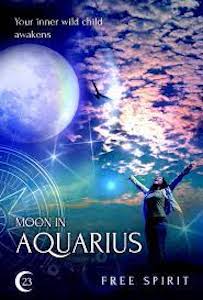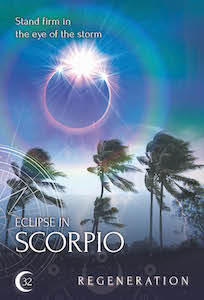
Old Stars, New Light: Astrology, Tarot and Runes, by Daniel Guirchovitch
Daniel Guirchovitch, 979-8987826300, 597 pages, April 2023
As someone who has studied astrology and tarot for over a decade, it can become quite boring reading the same reiterated information over and over again. While these descriptions of the characteristics of Sun in Capricorn or the Lovers card can provide insight at times, more often than not, it feels like there’s a general script being stuck to, ensuring the card is conveyed in the “correct” way. As a natural rebel and information seeker, I yearn for a fresh perspective on the esoteric arts. Old Stars, New Light: Astrology, Tarot, and Runes by Daniel Guirchovitch provides just that, and reading it over the past months has revived my passion and curiosity for the celestial insight and divine knowledge accessible when we extend our perception and invite in wisdom from beyond.
This book is unique in the span of time it took to collect the material and the methodology of how the information was obtained. For over 26 years Guirchovitch spoke with Elias, energy personality essence channeled by Mary Ennis, about topics related to astrology, tarot, and runes. Elias is fascinating, and I recommend learning more about him and Mary’s process of exchanging energy with him before reading the book by looking at the website www.eliasweb.org. There’s plenty of interesting transcripts and audio records you can read dating back to 1995. I really appreciate how the website is so well organized, making it easy for viewers to see the topic of each session.
Guirchovitch describes:
“The book reflects my journey to become a professional reader, which included a spectrum of challenges ranging from self-doubt, to re-examining the fundamentals, to learning to synthesize multiple factors and to flow with the interpretations.”1
The content reads as a dialogue between Guirchovitch, who goes by his first name Dan in the book, and Elias in a style of Socratic questioning, the thoughtful dialogue between the two exposing new truths and unraveling frames of mind to see beyond limited perception. As a reader, I gained just as much from Guirchovitch sharing his viewpoint and the questions he asks as I did from Elias’s thought-provoking answers.
Sometimes the dialogue is short and sweet, just a few sentences back and forth. Other times Dan shares an elaborate idea or perception with Elias and Elias shares his response, which ranges from a one-word agreement to a paragraph-long explanation.
Here’s a little sample from the section from Chapter 32, focusing on rune casting and other applications:
“Dan: So the divination aspect of the Runes, as in describing and helping to fine-tune situations, helping people to find the most beneficial alternatives.
Elias: Yes. Yes. Giving information, in a manner of speaking. They can be used for scrying. They also, because there is that element of magic, they can be used to be collectively expressing a type of intuition. Which, if you are defining intuition correctly, intuition is that communication that answers questions. Even if you don’t know you are asking a question, your intuition is answering your questions that you might be leaning into subjectively, or that you might be expressing an energy that is moving in a certain direction.
Now this is NOT precognitive or expressing predictions. But you can engage in a particular direction, and although you don’t necessarily see some aspects of that direction that involves the future that you are already engaging, and you may not see that objectively, but that doesn’t mean that you aren’t already engaged [in] doing it. And your intuition can actually express that. Therefore, that may also be some of the questions that intuition is answering at times.
In this relation to Runes, they can be used in a very similar capacity except in relation to the collective energy – not simply individual – therefore expanded.”2
While one could certainly read this book cover to cover, it’s also very helpful to use the table of contents and find exactly what you’re seeking to learn more about. The book is chronologically organized into 39 chapters, starting with transcriptions from November 2013 and ending in November 2021. In the table of contents, underneath the chapter number and date, the topic(s) of the discussion is listed. For instance, Chapter 9 May 30, 2016 covers “Aries, Taurus, Scorpio, Capricorn, and Cancer.”3, while Chapter 29 January 20th 2020 covers “The Temperance Card.”4
Whether you’re into astrology, tarot, or runes, I have no doubt the content of these dialogues will leave you inspired, contemplative, and with a fresh perspective on things. So far for me the most revelatory passages were in Chapter 19 May 16, 2019 covering Leo and Aquarius. My ascendent is in Leo and descent in Aquarius, along with my Sun, North Node, and Mercury also there too. I’m still processing and journaling about all the insights from Guirchovitch and Elias about the relationship between these two signs!
What has stood out the most is Elias describing Aquarius by stating, “.. they are not as concerned with outward expressions, therefore they aren’t as concerned with whether everything is flowing, but rather whether they are flowing.”5 This passage was notable to to me because I feel like I rarely want to impede the flow of others by expressing myself, and I also deeply believe that everyone just lives in their own flow that things work out best. In reflection, my flow is definitely what shapes the landscape of my life and relationships – and I get very annoyed when external forces impede this inner flow!
Not only does this book provide information for self-reflection, it also is an opportunity to get a glimpse into the art of chart reading. Guirchovitch speaks with Elias about different aspects and planet placements, seeking guidance into their meaning. For those who read charts, this content is worth reading as it showcases the process “seeing” an astrological chart and slowly revealing the intricacies of the person through careful rumination on their chart.
For those who are students at heart, willing to see things in a new way, Old Star, New Light will open doorways for you to better understand astrology, tarot, and runes. This is a book one can come back to time and time again for a deeper understanding of their mysteries. Guirchovitch is generous in sharing his insights from Elias with a greater audience, choosing to gift the answers he’s received to readers rather than keep it all to himself. I think this would be a wonderful resource for a group to study together, as the material lends itself to discussion quite readily. But even read solo, these conversations are a starting point into our own dialogues about these topics, which are essential when contemplating and enacting our practice of these sacred arts. Be prepared for the “aha” moments that spring up as you read!
Alanna Kali is an astrologer, numerologist, and pioneer spirit that loves to explore life through the lens of depth psychology. She has a passion for studying the humanities and social trends. Her academic work is centered upon reuniting body, mind, and spirit through eco-psychology. She loves reading, spending time in nature, and travel.
